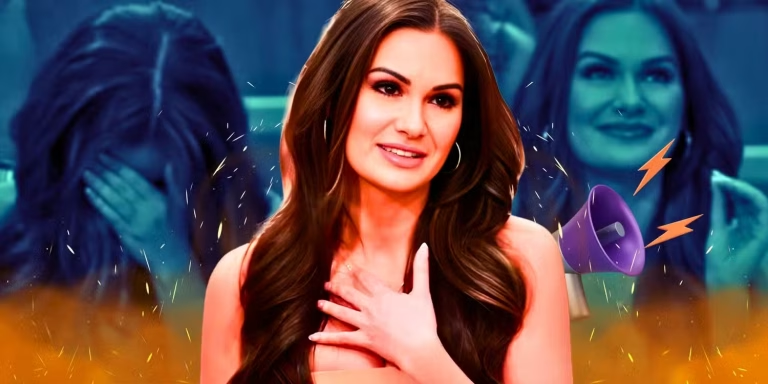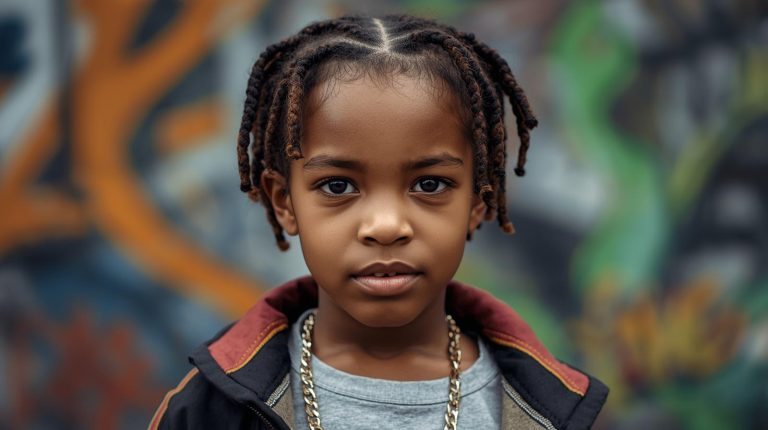The Evolution of African American Representation in Children’s Animation
In the colorful world of animation, representation matters significantly. For generations, African American children grew up with limited characters who looked like them on screen. Today, we’re witnessing a renaissance in Black representation in animated content, creating new opportunities for children to see themselves reflected in the stories they love.
The Historical Journey of Black Characters in Animation
The story of African American representation in cartoons begins with problematic stereotypes. Early animation from the 1930s through the 1960s often portrayed Black characters through a distorted lens of caricatures and harmful stereotypes. These depictions reflected the racial attitudes of their time and created lasting damage to how Black culture was perceived.
Many educational cartoons now work to counteract these historical inaccuracies by presenting authentic African American characters with depth and nuance. Modern shows like “The Adventures of Matthew Lofton Lynch” provide positive representation that helps children develop an appreciation for diversity from a young age.
When examining the landscape of animated content available today, kids animated shows like “Sing While You Learn” are making significant strides in inclusive storytelling. These programs recognize that cultural representation isn’t just about having Black characters present but ensuring they are portrayed with authenticity and respect.
Breaking Stereotypes Through Modern Animation
Moving Beyond Token Characters
Early attempts at inclusion often resulted in token Black characters—single representatives carrying the burden of representing an entire culture. These characters frequently appeared as sidekicks or secondary figures rather than protagonists driving their own stories.
The breakthrough came when creators began developing shows centered around Black families and communities. These programs presented African American characters with full lives, complex emotions, and cultural contexts that felt authentic rather than performative.
Authentic Storytelling and Cultural Nuance
Modern African American cartoons emphasize authentic storytelling by incorporating:
- Cultural traditions and celebrations specific to Black communities
- Natural hair textures and styles represented positively
- Diverse skin tones reflecting the spectrum of Black identity
- Multigenerational family structures common in African American homes
- Music, art, and language that authentically represents Black culture
These elements create a richer viewing experience for all children while providing critical representation for African American youth.
The Impact of Positive Representation on Child Development
Children develop their sense of self-worth partly through the media they consume. When Black children see positive representations of people who look like them in cartoons, it reinforces their value and potential. Research has consistently shown that positive representation contributes to:
- Improved self-esteem among minority children
- Greater cross-cultural understanding among all viewers
- Reduced prejudice and stereotype formation
- Enhanced critical thinking about media messages
- Increased interest in creative careers among underrepresented groups
These benefits extend beyond the individual to create more inclusive communities where diversity is celebrated rather than merely tolerated.
Industry Changes Driving Representation Forward
Diverse Creator Pipelines
The most significant change driving better representation has been the inclusion of more African American creators, writers, and animators in the production process. When Black creators tell Black stories, the authenticity shines through in ways that external perspectives cannot match.
Studios and networks are increasingly developing programs to identify and nurture diverse talent, recognizing that authentic storytelling begins with diverse storytellers. These initiatives create pathways for African American creative professionals to bring their unique perspectives to children’s animation.
Audience Advocacy and Market Response
Parents, educators, and viewers have become powerful advocates for better representation. Their voices, amplified through social media and consumer choices, have helped studios understand that diversity isn’t just socially responsible—it’s also good business.
The success of predominantly Black-cast animated features and series has demonstrated the market demand for diverse content. This commercial success has helped convince industry executives that representation is worth investing in, creating a positive cycle of more inclusive content creation.
The Future of African American Representation in Animation
The future looks promising as we see more nuanced and diverse Black characters appearing across the animation landscape. Emerging trends include:
- Historical animations highlighting lesser-known African American achievements
- Science fiction and fantasy worlds created from Black cultural perspectives
- Educational content that addresses racial justice in age-appropriate ways
- Cross-cultural stories that celebrate the diversity within Black communities globally
These developments suggest that the evolution of representation will continue to expand the possibilities for how Black characters and stories are portrayed in animation.
Challenges That Remain
Despite significant progress, challenges remain in achieving full and authentic representation:
- Many animation studios still lack diversity in leadership positions
- Marketing and merchandising often underrepresent Black characters from ensemble casts
- International distribution sometimes limits content with diverse representation
- Budget constraints can affect the production quality of diversity-focused independent productions
Addressing these challenges requires ongoing commitment from the entire industry ecosystem, from creators to distributors to audiences.
Supporting Quality African American Animation
Parents, educators, and viewers can support continued improvement in representation by:
- Seeking out and supporting quality programs featuring African American characters
- Providing feedback to creators and networks about representation
- Using viewing moments as opportunities for conversation about diversity
- Encouraging children’s interest in animation as a potential career path
- Advocating for diverse hiring practices within animation studios
Through these collective efforts, we can ensure that the positive trends in African American representation continue to grow and improve.
Conclusion
The evolution of African American representation in children’s animation reflects broader social progress while also driving it forward. By presenting authentic, respectful, and diverse Black characters and stories, modern animation helps create a more inclusive world—both on screen and beyond it.
As we continue to support and demand quality representation in children’s media, we invest in a future where all children can see themselves as heroes of their own stories and where cultural diversity is recognized as the strength it truly is.



